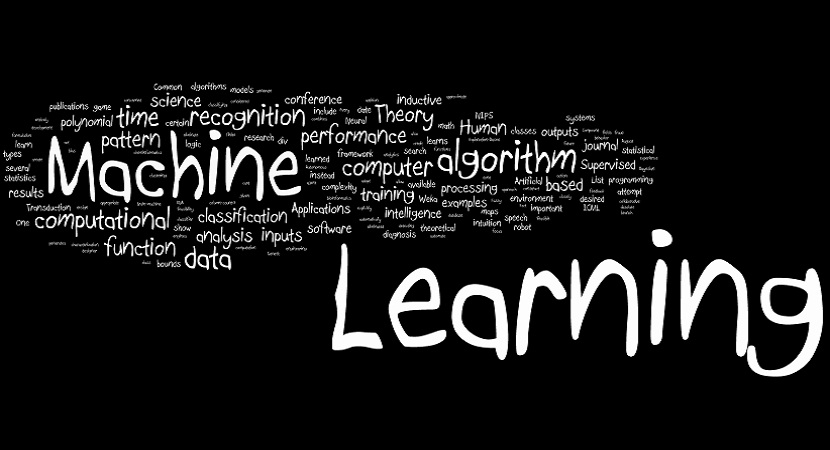Machine learning (ML) isn’t exactly a word most people want to hear. You start thinking of Arnold Schwarzenegger as the Terminator and computers becoming sentient and working towards global domination. The truth is, machine learning is not what you might construe as Artificial Intelligence (AI); it’s just basically an application of it. Machine learning has also been associated with some applications we use in our everyday lives. Yes, you’re using that technology without even knowing what it’s called, and that is no cause for alarm. You just need to understand what exactly it is.
What is Machine Learning?
It’s simply the science of teaching computers to improve their tasks and make reasonable predictions, all based on complicated algorithms and data. The more experience the system has with performing certain work, the better it will be at performing said task. The purpose for this is for computers to act and perform tasks as independently as possible, without being explicitly programmed to do them.
If you think about it, it’s just taking one quality of the human mind and implementing it in a computer system. We humans improve with practice and experience. The first time you play the piano isn’t like how you’re going to play after five years, and that is not remotely close to how well you’ll be playing after 15 years. We evolve and learn from our mistakes. From this notion, scientists have been trying to input algorithms and data into a system so it can develop the quality of its performance without much human interference.
Why is it Important?
In a nutshell, advancement. We rely on technology more and more with each passing day, and one of the edges technology has over the human mind is its ability to make better calculations and predictions. Nowadays, data is in abundance in every field, and companies have started resorting to machine learning to analyze these data and come up with the best profitable opportunities and to stay away from expected risks. It’s also used in fields like biology to detect tumors and for drug sequencing. Image processing and face detection technologies use machine learning as well.
How Does it Work?
You won’t have to worry about how ML works here at Apro company. The work is done by professionals who are more than well equipped to take care of the task, but you still should understand how ML works because the first step starts with the user, not the developer.
- Identify the task at hand: why are you using ML? Is it to predict gas prices or to filter spam emails?
- Prepare and input the data: if it’s gas prices, for example, then you need to get gas prices for the last ten years, producing countries, their economic status, and so on.
- Build your model using algorithms and train the model: this is where you decide how the outcome will look like. Depending on the data you entered, and how well you train the model, how reasonable your results are would be decided.
- Evaluate your model: say your model is programmed to give traffic predictions. If the result, says right now at X street, it’s clear, and you go and find it jammed, then there’s something wrong with your model and it needs to be readjusted.
Machine learning has become an integral part of many businesses and daily applications. From personalizing your news feed ads on Facebook –– and people you may know –– to asking Siri or Google Assistant to set the alarm, ML is a technology we used every day. So, might as well understand what it’s all about so you could avoid nightmares about post-apocalyptic, cyborg controlled worlds.

